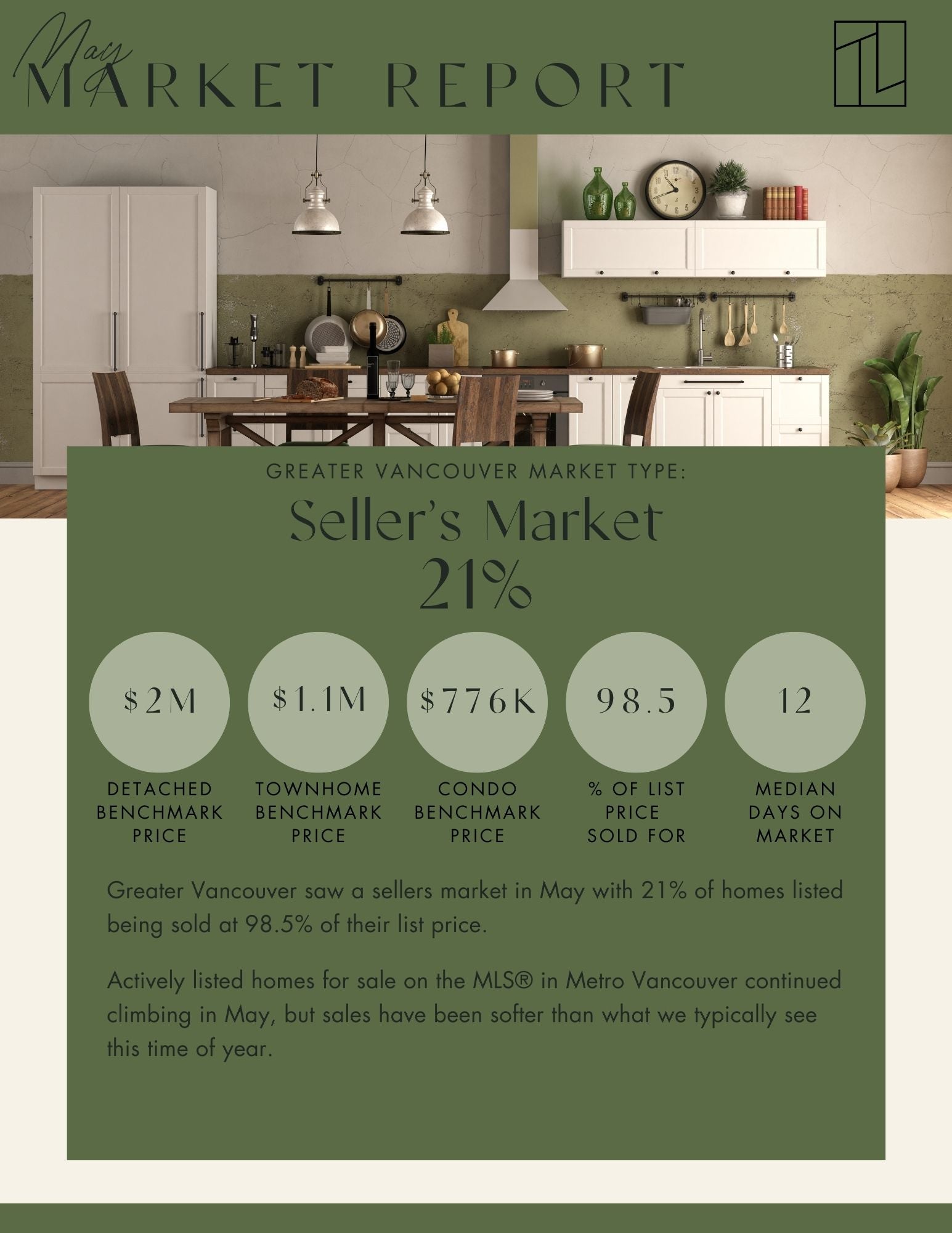
Deciding to buy a home or continue to rent is a big decision that requires a thorough financial analysis. However, a simple rule of thumb called the 5% Rule is often referenced in these discussions as a tool to quickly and easily assess if buying a home would be more financially beneficial than renting. I first read about the 5% rule when Benjamin Felix wrote this article for PWL Capital in 2019. Here’s how it works: take the price of the home you're considering buying and multiply it by 5%. This number should roughly represent the annual costs of owning that home. If the yearly rent of a comparable home is less than this, renting might be the better financial decision. Felix uses a mortgage rate of 3% in his calculation to determine the 5% Rule. On June 5th, the Bank of Canada reduced the overnight rate to 4.75%, but 4.75% is still a long way off from 3%, leading to the question: is the 5% Rule still relevant? To determine this, let’s dive into the 5% Rule, whether it still makes sense, and if not, what a new rule of thumb might be.
Typically, potential homeowners will compare their monthly rent payment with the monthly mortgage payment to determine which option is less expensive. This method is flawed because a rent payment is 100% unrecoverable, whereas a mortgage is not. Instead, the 5% Rule attempts to help people compare the rent payment to the total unrecoverable costs of owning. The unrecoverable costs of homeownership are broken down like this:
1% Property tax + 1% Home maintenance + 3% Cost of Capital (mortgage interest + opportunity costs) = 5%
The 1% property tax and 1% home maintenance are pretty straightforward. The remaining 3% cost of capital is broken down into two components: first, your mortgage interest. This calculation assumes a 20% down payment and a 3% mortgage rate so that means 80% of the purchase of the home would be paid for with 3% financing, 80 x 0.03 = 2.4%. The other component is what Felix calls “the cost of opportunities lost” which is the difference in expected returns on real estate vs. the stock market. Essentially, it accounts for money you would have earned if you had bought stocks with your down payment instead of buying real estate. This calculation assumes 0.6%:
2.4% mortgage interest + 0.6% opportunities cost = 3%
But the days of 3% mortgages are in the past. Considering the latest Bank of Canada rate decrease, let’s assume a mortgage rate of 4.75%. If we keep the same 20% down payment, the remaining 80% of the purchase of the home today would cost 3.8% and if we apply the same opportunities 0.6% cost to our down payment, we are now at 4.4% for the total cost of capital:
1% Property tax + 1% Home maintenance + 4.4% Cost of capital (mortgage interest + opportunity costs) = 6.4%
Let’s look at an example. If we were considering the purchase of a $500,000 home, the unrecoverable costs of owning this home (6.4%) work out to $32,000/year or $2,667/month. If your rent is less than $2,667, renting may be the better option.
While the 5% Rule (or 6.4% Rule) is a great way to quickly assess the cost of renting vs. buying, it’s an oversimplification for sure. There are a lot of limitations to this rule that need to be kept in mind. For starters, the opportunity costs are calculated using global returns on both real estate and stocks. Canadians aren’t investing in global real estate, they are investing in Canadian real estate and in the lower mainland, the average growth of real estate far outpaces global growth rates. It also doesn’t take into consideration tax rates or portfolio asset mix. But regardless of it’s limitations, pinning down the unrecoverable costs of home ownership will help you make a more accurate assessment when weighing the financial benefits of renting vs. buying. If you have any questions about the benefits of renting vs. buying or want to discuss your options further, please reach out to me!
- Tracy